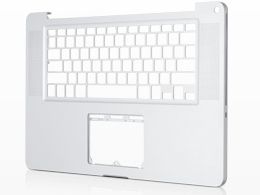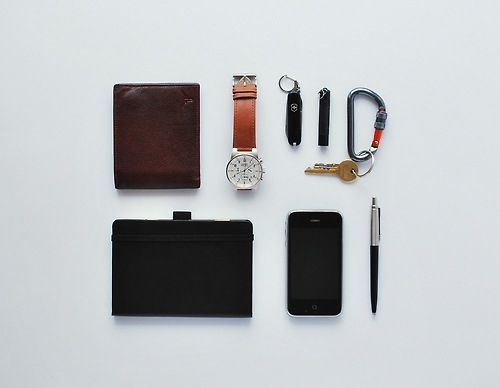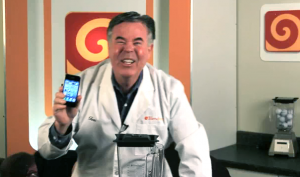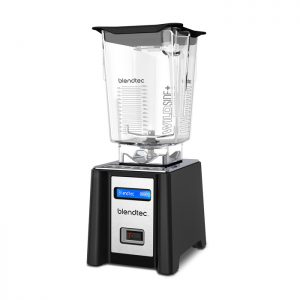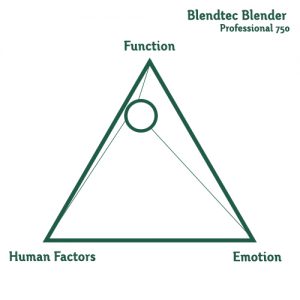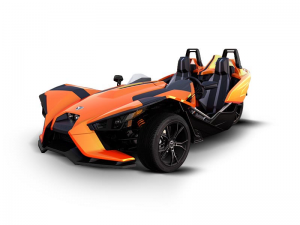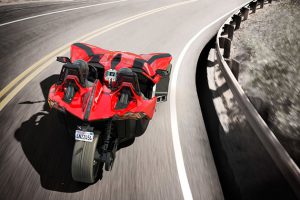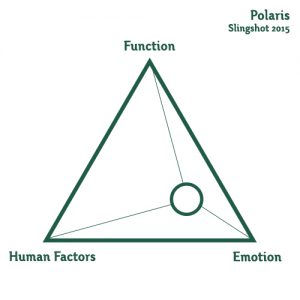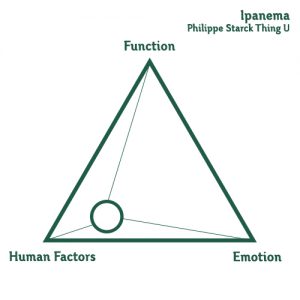I approached the final project wanting to explore doing an experimental styled zine.
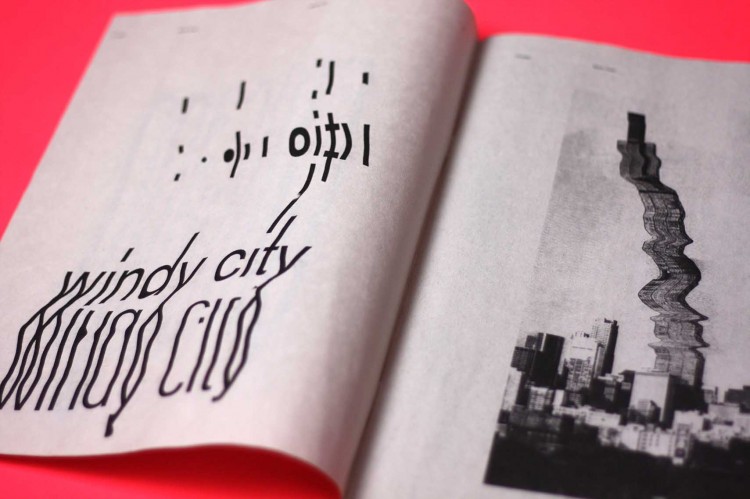
Sofia Clausse– Chicago zine

Adriana Crespo-Poster for International Zine Month
From my initial visual research, experimental zines tend to showcase some similar design elements which i have come to appreciate alot.
- Experimental zines tend to be monochrome in colour choices, or use colours with high contrasts.
- Similarly they have very extreme styles with either very hard, clean edges or a very raw approach to them, mostly handwritten brush strokes with very textured use of edges and patterns
- They are thought provoking and usually try to express a particular viewpoint of the artist. ( If not they are just really visually interesting )
From this I attempted to come up with a zine that deals with us being a speck in the entirety of this world and society and how irrelevant we are.
Like cogs to a machine.
Dragging, mundane.
Monotonous, lonesome soul.
Yet we despise the
Static.
&the Fear of blending in.
A spark of madness.
A false positive.
However, eventually like others.
We all will fade into the static.
The initial cover was started on first , and although it took much more effort than the one chosen for the final zine, The cover helped conceptualise the overall feel and style of the whole zine.
The first 3 designs were based around the play of static versus the use of the term background sound. I expressed the cover in different styles and methods to try to bring out the title much clearer and eye catching as it is ultimately the cover that would entice an individual to pick up a particular publication or zine for this case .
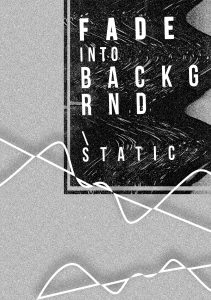
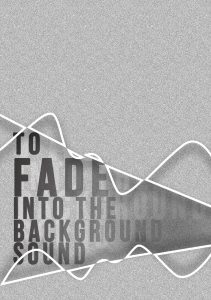
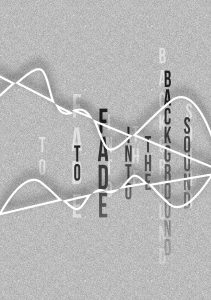
Later part of my design process, I then standardised the whole concept and used static throughout the whole zine and thus created a logo to represent this.
Hand drawn in illustrator, the edges of the font was made to resemble somewhat the feel and look of distortion of sound/static. And with the use of a Red and green layer, I applied what I have learnt through the gestalt theory to create somewhat of a blur motion effect.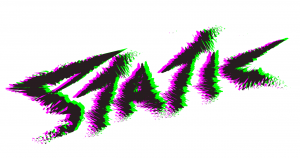
Later on, each brush strokes were individually drawn in on the cover to show the feel of chaos and static, to bring about movement in the whole front cover. Line weight and type is varied also, taking note of things I’ve learnt from 2D’s Sem1’s first project.
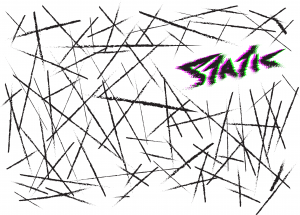
Monotone colours were used through the whole composition except for one element which is the logo. This sudden introduction of colour in the composition is targeted the bring the audience focus the element I have selected and the style is used throughout the rest of the following spreads.
Overall the final grey grained texture paper was utilized to accentuate the raw feeling of the whole zine, although a clean white paper would give the greatest contrast with the montone scheme.
Spread1
Like cogs to a machine.
Dragging, mundane.
Monotonous, lonesome soul.
Trying to bring out the whole feel of dragging your feet and soul over the course of a whole day.
I made use of a graphic of a man that seems to be pulled and is dragging his feet across the spread.
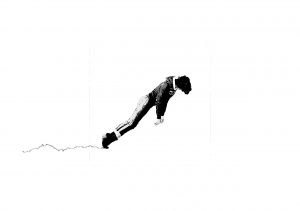
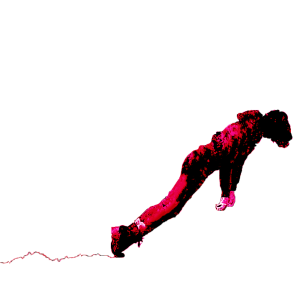
The use of monochrome is to add on to bring out this dull , colourless life. On the other hand, colouring one figure red helps to draw the attention of the whole page the section, it also act as an anchor on the page drawing readers attention to it as well as attempts to allow the reader to identify with particular figure and to picture themselves in his place.
The use of grainy wave-like textures also helped play a part to give movement to the spread. It acts as both a signifier to the current of life that slowly bring us along life, the major direction of the waves also complements the direction implied of the figures travelling too.
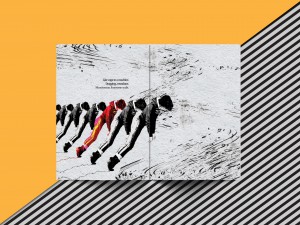
The use of the waves to frame an empty space to include the text , gives clear space and the location right above the coloured figure also helps draw the reader to the text.
SPREAD2
Yet we despise the
Static.
&the Fear of blending in.
In this spread I layered 3 different textures together to create my background, by using a darker background compared with the first spread,followed by the last spread also being mostly white it creates a more interesting overall scheme .
Similar to the front cover, one element was chosen to be highlighted in which is the word static.
The use of the textures to frame the words is also used here in this spread . However the main focus is brought over the the right hand side of the spread. On the bottom right hand corner is then a clever play of words , fear of blending in . By creating a texture through the use of repetition, relieving something I have learnt in the rhyme project last semester as well. The texts are of different font sizes as well as opacity to create a certain depth as well.
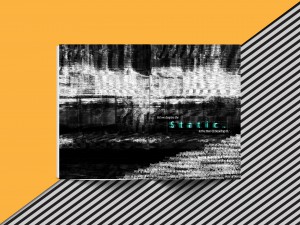
SPREAD3
A spark of madness.
A false positive.
However, eventually like others.
We all will fade into the static.
The last spread is an attempt to illustrate the final 4 verses of my writing by attempting to use one of gestalt principles again to create some what of a pull of gaze through the multiple repetitive frames .
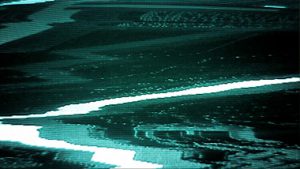
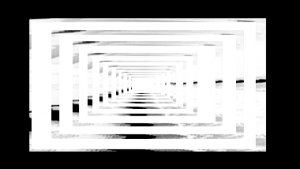
The frames were created from the use of the TV static rotated , duplicated and then blended in. A slight change in alignment of the frames in the middle also changes how you look at the whole composition as you focus towards the middle, as it will now seem to be extruding towards you like a top down pyramid view .
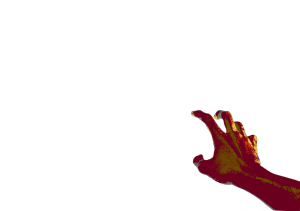
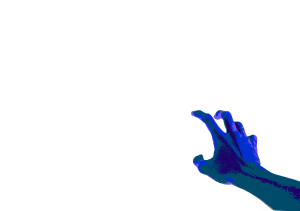
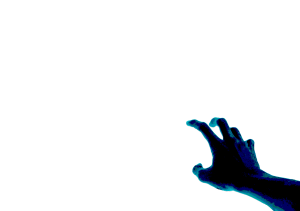
The colours , shades and number posterized levels are being experimented on, and to give off a creepier vibe a hand with a darker core shadow with high contrasts of light blue highlights was used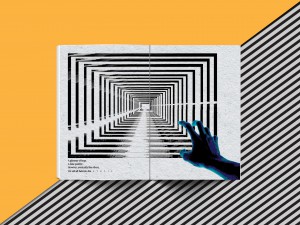
Finally after arranging the two graphics at an off center arrangement, the text was placed flushed to the edge of the frames also makes it easy to locate the text and to read it as well.
Overall I had much fun with the zine project and I really wanted to bring forward and showcase what I have gained from the whole year of 2D into this Zine .
What could be improved however, is that my initial wish was that the whole zine was hand drawn and digitized was not fulfilled and I should have pushed myself harder in this area. More exploration in paper type , quality and size as well printing and bookbinding techniques as I was not totally satisfied with the final print as the gsm of the paper was too thick.


























